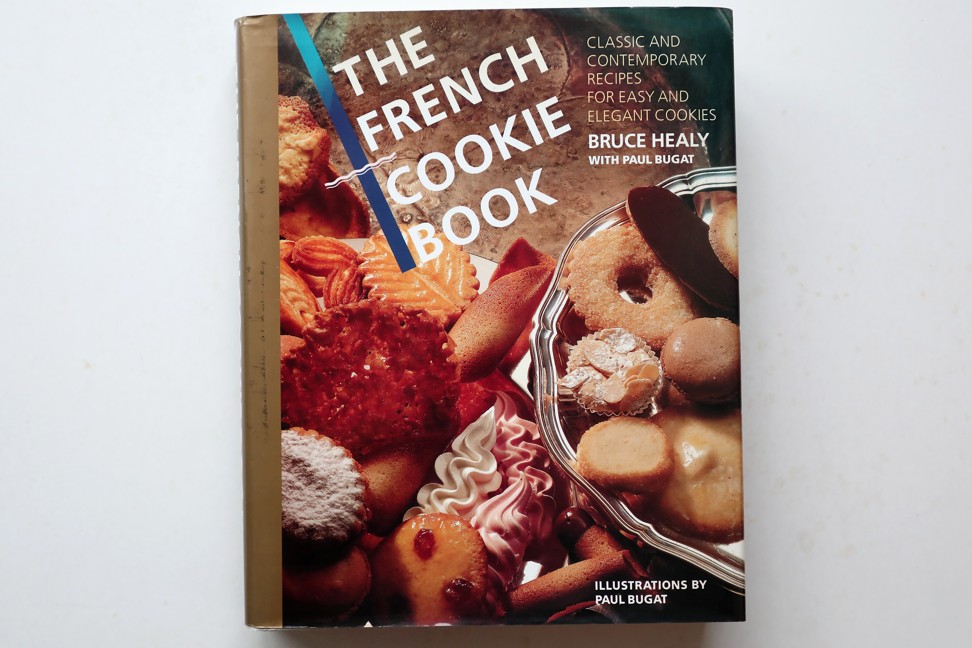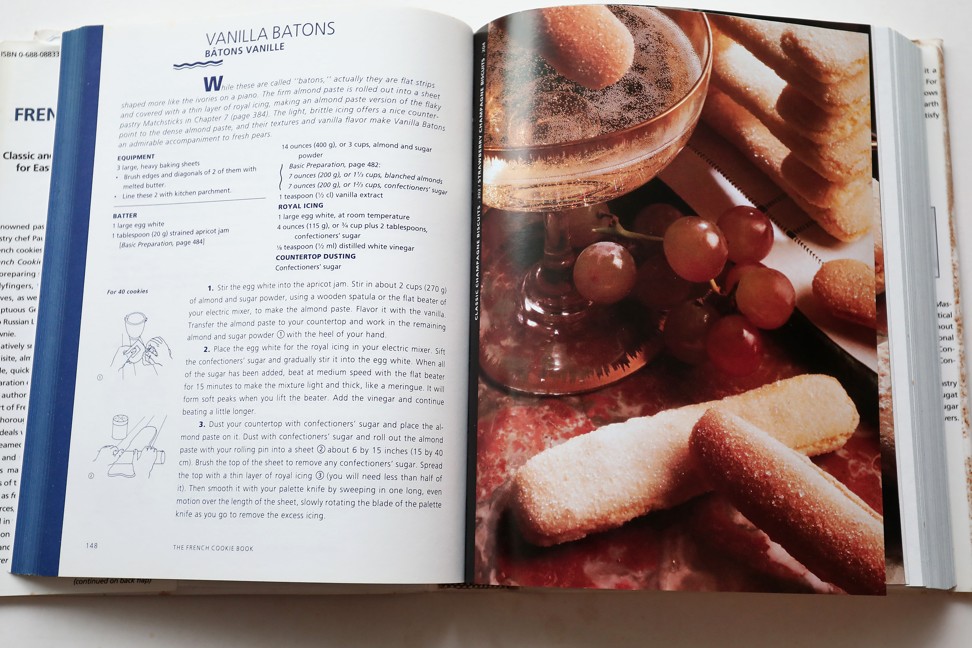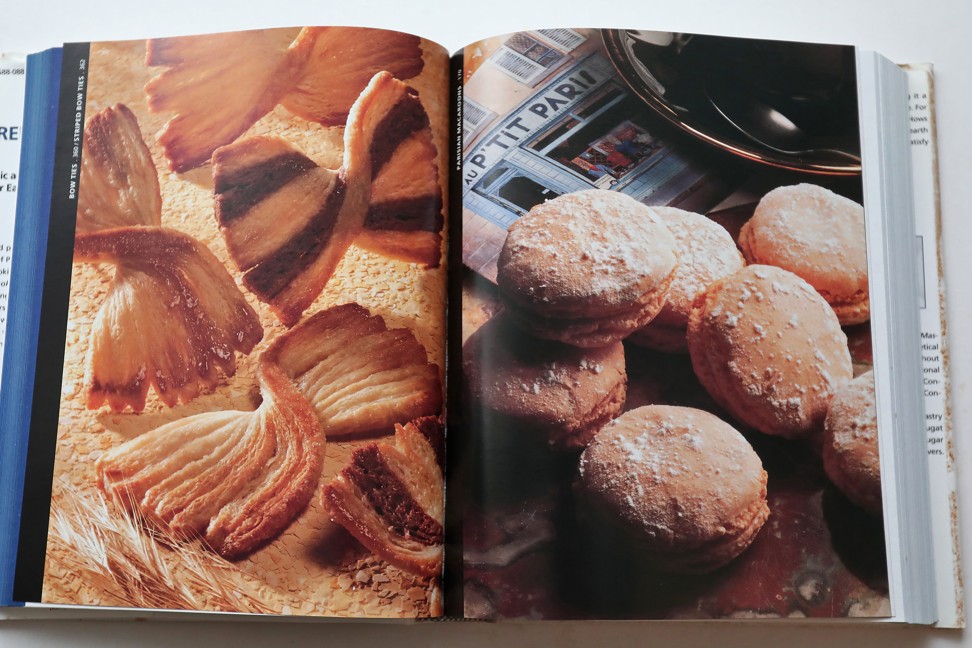
Up your biscuit game with The French Cookie Book
Elegant and with endless varieties, these small bites are good enough to serve at a dinner party
This book couldn’t be more different from Dorie’s Cookies, which I reviewed a few weeks ago. “Different” doesn’t mean bad, though, and there’s definitely space on my shelves for both volumes.
The French Cookie Book (1994) was written by the same authors responsible for the excellent Mastering the Art of French Pastry (it’s out of print, but worth seeking out on eBay) and The Art of the Cake (which I use least out of the three titles). Rather than group cookies by occasion, as Dorie Greenspan does in Dorie’s Cookies, or by how they are shaped (drop, bar, rolled, etc), which many other books do, here, they are categorised by mixing method: those made from batters (with sub-categories that include batters made with creamed butter and sugar, meringue or sponge cake) and cookies made from pastry doughs (sweet or flaky pastry).



no longer petits fours at all but instead petits gateaux – literally ‘small cakes’. And naturally petits gateaux also include serving-size cakes and pastries of every description. We can only speculate what the average Frenchman would think of a monster chocolate chip cookie.”
The recipes are often based on a few basic techniques, which, with variations in flavourings or shaping the dough, can lead to many types of cookie. The recipes include lemon wafers, piped chocolate sables, vanilla batons, ladyfingers, bow ties and striped bows, several types of macaron (gerbet, honey, walnut, Parisian – they all use basically the same ingredients but the way they’re mixed yields different looks and textures), Palma biscuits, Nantes loaves, Dutch sables, Irish waffles, Ghent almond loaves, almond tuiles, palmiers, sugared matchsticks and nougat Parisien.

